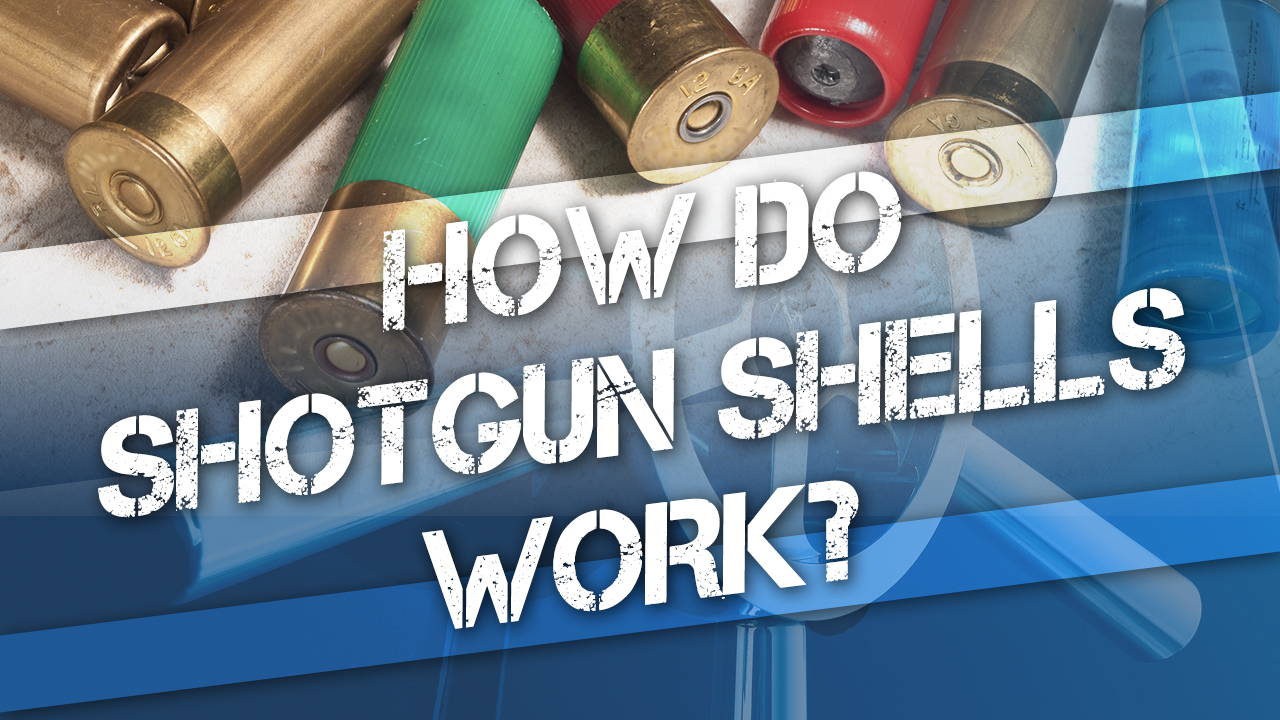Shotgun shells (also sometimes called shotgun cartridges) are similar to other firearm cartridges in some basic components, but their overall construction and use are quite different.
Image courtest of Surgical Case Reports
All modern firearm cartridges consist of a case (or hull, in the case of the shotgun) that has a primer at the base that ignites a charge of gunpowder inside, which propels a projectile (or projectiles) down the barrel of a firearm at great speed. While almost all centerfire and rimfire rifle and handgun cartridges are composed simply of a brass case, primer, powder, and bullet, a shotgun shell may contain several additional components.
What are the components of a typical shotgun shell?
For the vast majority of hunting, self-defense, and sporting uses, we can categorize nearly all shotgun ammunition into one of three categories:
- Birdshot
- Buckshot
- Slugs.
These shells differ primarily in the characteristics of the projectiles they deliver, but the main components of each are as follows:
- Outer hull, usually made of plastic, with a brass or steel rimmed base
- Primer inserted into the metallic base, to ignite the powder charge
- A charge of gunpowder contained in the metallic base
- A wad and/or shot cup over the powder
- Shotgun pellets (commonly called shot), buckshot (larger lead balls), or a slug (a single large, metallic projectile, sometimes enclosed in a fiber or plastic sheath or abot)
Video: Shotgun Shell exploding Outside a Gun
Depending on the design and desired performance, there may also be a synthetic buffering material mixed with the buckshot or birdshot pellets, and there may or may not be a specialized shot cup to help control the dispersion of the shot as it leaves the barrel.
Also, as we point out in our Shotgun Ammo 101 article there is a wide assortment of different shotgun ammunition with different projectiles and payloads. From specialty rounds like beanbag or rubber less-lethal shells (used for riot control), to the multitude of exotic/novelty rounds like the flame-throwing dragon’s breath, to flechettes (tiny steel darts), to ball-and-chain or bolo rounds (and the list goes on). However, almost every shotgun shell you can buy in a typical gun store or sporting goods shop will be either buckshot, birdshot, or slug rounds.
What is the actual shotgun shell or hull made of?
The earliest shotguns were known as fowling pieces and were black powder firearms loaded from the muzzle. In the late 19th century, with the increasing popularity of the self-contained metallic cartridge, the shotgun “shell” was born. Unlike today’s shotgun shells, early ammunition for shotguns featured a full brass case that extended the length of the cartridge.
Full-brass shotgun hulls are still available for vintage guns (or shooters who enjoy the historical aspect) but they are very expensive and require specialized equipment to reload.
For many decades of the 20th century, the typical shotgun hull was composed of a rimmed brass base and a waxed paper hull, and if you look around you can still find some retro shotgun shells made today that have paper hulls. They are perfectly functional but are more expensive, and not as waterproof as plastic hulls. Thus, the vast majority of today’s shotgun hulls (the outer shell that contains the cartridge’s internal components) are made of plastic with a rimmed, brass or steel base to contain the primer.
Most birdshot and buckshot shells are crimped at the nose to enclose the shot payload, while most slug rounds have an open nose with a rolled-over edge. Some buckshot and slug rounds use a rolled hull and an over-shot card made of plastic or paper, which contains the payload and may or may not also be sealed with glue or other waterproofing agents.
For economy, the bulk birdshot shells you find at big-box stores now have nickel- or brass-plated steel bases, rather than brass. This generally causes no issues in modern firearms, but you may find your shotgun a little finicky with steel-based hulls, and you might find you need true brass-based hulls. Polishing your shotgun’s chamber with fine steel wool sometimes can alleviate any problems with extraction.
How do shotgun shells work?
When the primer of a shotgun shell contained in a shotgun’s chamber is struck by the firing pin or striker, the impact-sensitive chemical contained in the primer ignites, and the flame flows through the flash hole in the base of the shell into the powder charge, igniting it.
The powder charge burns extremely rapidly (most people would say it explodes), which pushes against the wad or shot cup, which pushes against the shot or slug (or other payload) contained in the forward part of the shell.
The wad/shot cup and projectile/s are pushed down the barrel and out of the muzzle of the shotgun toward the target, generally at speeds between about 1100 and 1600 feet per second, depending on the load. This all happens in a few thousandths of a second.
Video: Shotshell Basics
What happens to the shotgun wad or shot cup?
Some slugs rounds may retain a plastic or fiber wad as part of the projectile, but generally, the wad or shot cup falls away from the payload shortly after leaving the muzzle, allowing birdshot or buckshot to spread in a pattern as distance increases.
When shooting paper or cardboard targets, it’s common to see a separate hole or impact from the shot cup or wad on the target. The wad or shot cup doesn’t have much mass but it is moving nearly as fast as the projectile/s (at least for a few yards), so it can cause significant damage on its own. This is a consideration for law enforcement or defensive use, where innocent people may be in close proximity to the target.
Since a large pattern is not always desirable for accurate defensive or hunting use, some shotgun shells use so-called flight control wads or shot cups that are designed to keep the pellets tighter for longer during flight and contain them in a smaller shot cloud until they impact the target.
Different shotguns, chokes, and shells produce dramatically different results, so be sure to select the right shotgun shell for your desired use, and pattern your shotgun with the ammunition you intend to use.
Choosing the right shotgun shell matters. So does choosing the right gun safe! Visit your local Liberty Safe dealer to find the right safe for your shotgun.







